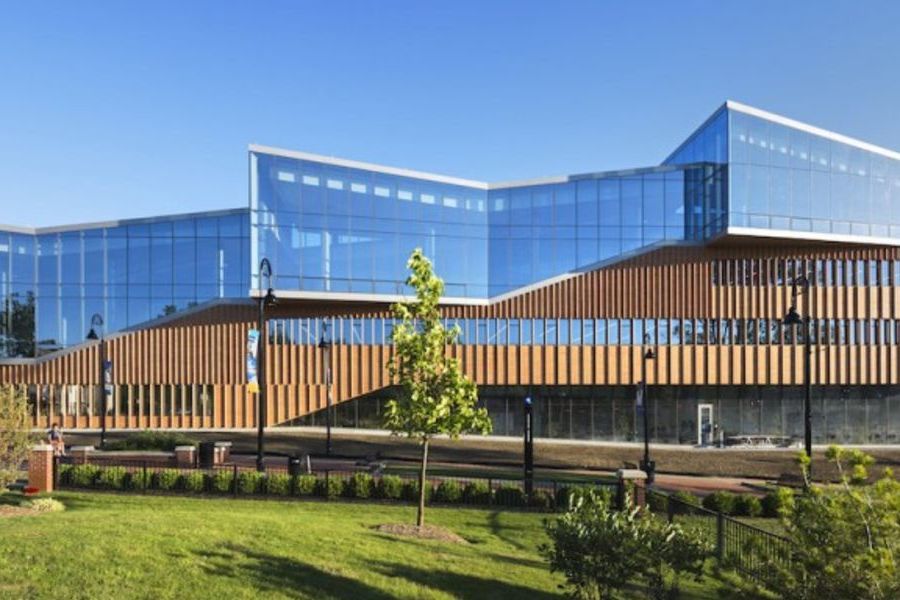College of Arts and Sciences

Kent State Environmental Symposium Offers Impressive Slate of Speakers and Activities

Kent State Chemist Follows up on Baseball Core Study, Refuting MLB Findings.
In 1901, the 16 Major League Baseball teams produced 455 home runs. Players were discouraged from attempting it. Nearly 120 years later, players couldn’t seem to help themselves, and MLB smashed all previous records. More homers might mean more exciting games, but some people question why the spike happened. A Â鶹´«Ă˝ chemist thinks he has some clues about this unusual surge in home runs.
MAKING CAREER DREAMS A REALITY

NSF Grant Supports Kent State Researchers’ Plan to Help Students Improve Study Habits
The “C” in “college” might as well stand for “cramming.”
Studies show students are notoriously bad at adopting and adhering consistently to high-impact study habits that help them retain knowledge long-term.
Researchers and faculty at Â鶹´«Ă˝, however, are collaborating on a new project to put a modern technological twist on a tried-and-true study tactic.

Kent State Materials Scientist Again Named Among Most Highly Cited Scholars

Kent State Materials Scientist Again Named Among Most Highly Cited Scholars
Robin Selinger Elected to APS Board of Directors

Kent State Classics Researcher Uncovers Ancient Burial Site in Italy
